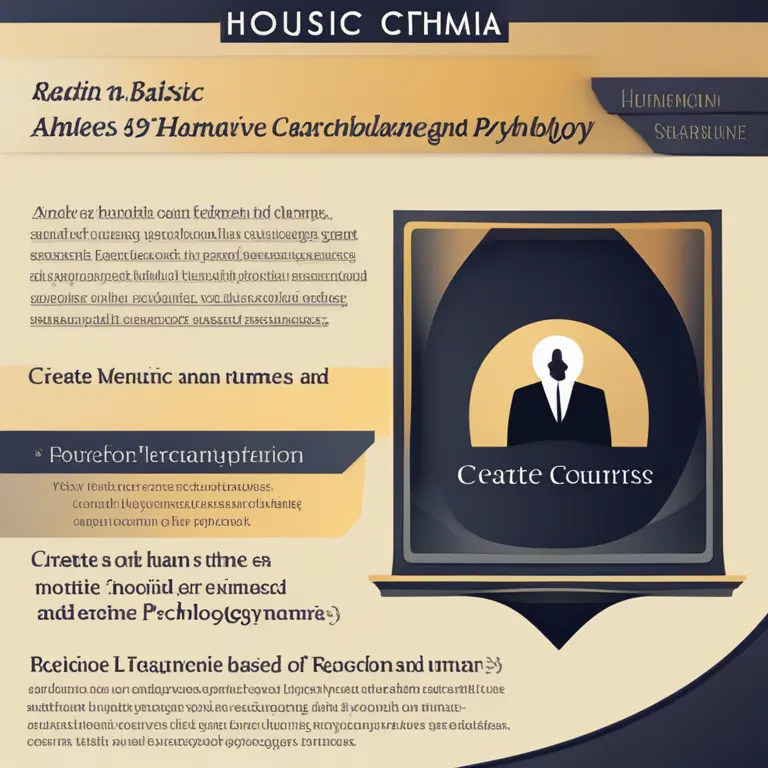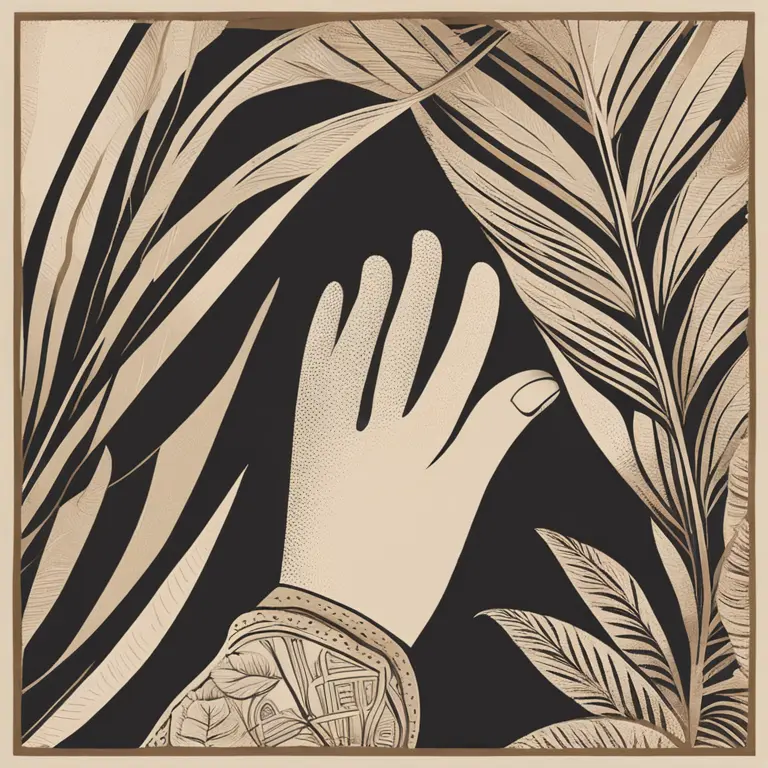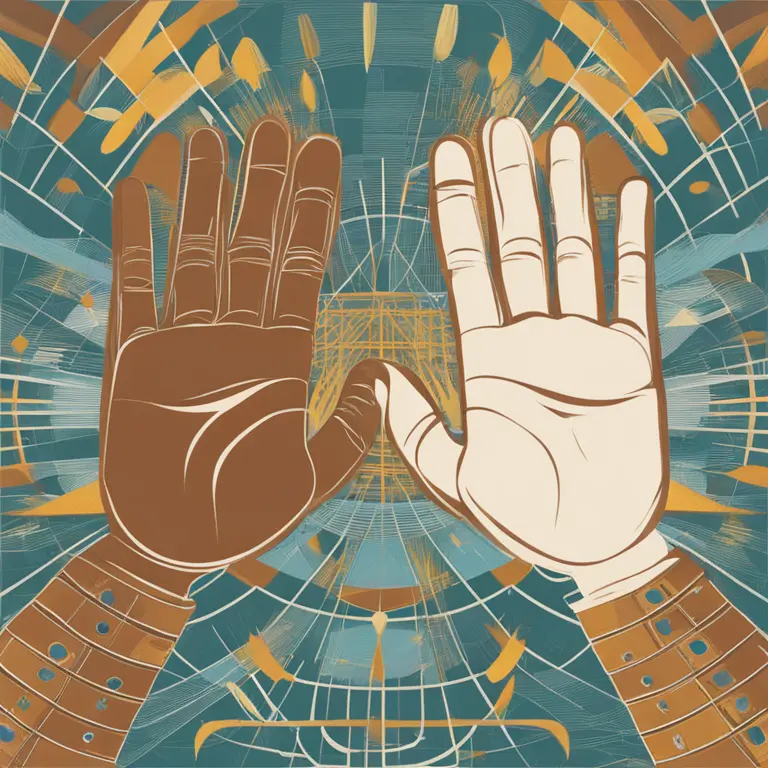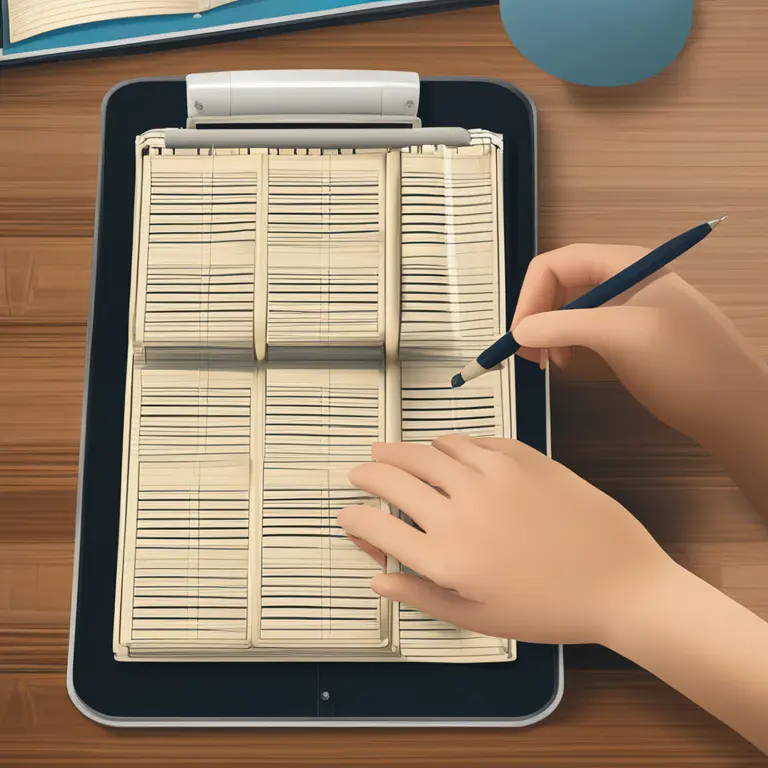
Which Hand to Read in Palmistry: A Guide to Palm Reading
The article provides guidance on which hand to analyze during a palm reading session, drawing from palmistry traditions.
article by Nora Pennington
The Essence of Palm Reading
Palm reading, or palmistry, is an ancient practice that studies the lines and features of the hands to reveal personality traits and life paths. Though its origins are shrouded in mystery, palmistry has been used for centuries in various cultures to offer insights into an individual's character and destiny. As we move further into the modern age, this divinatory art maintains its appeal, leveraging both traditional techniques and contemporary perspectives to cater to the curious minds seeking self-understanding in 2024 and beyond.

Which Hand to Read: A Traditional Approach
Traditionally, palmists use different hands for different readings. The left hand is often associated with the potential one is born with—their innate characteristics and possibilities. Meanwhile, the right hand is thought to show what one has done with their potential, essentially reflecting the life they have lived and the choices they've made. However, this can vary if the person is left-handed; some schools of thought suggest that the dominant hand should represent the life lived, and the non-dominant hand the potential.

Contemporary Views on Choosing the Hand
In the evolving world of palmistry, modern practitioners may see the hands not as separate entities but as parts of a holistic narrative. Each hand informs the other, blending potential with actualization. With increased emphasis on the dynamic aspect of a person’s life in the contemporary scene, palm readers might recommend reading both hands for a complete picture of an individual's journey, thus integrating traditional beliefs with current understandings of human psychology.

Interpreting the Lines: Active vs. Passive Hands
The lines on our hands, namely the heart, head, life, and fate lines, tell a fascinating story about our emotional, mental, physical, and spiritual well-being. In palmistry, the active hand (the one you use most) often reflects changes that occur due to life choices and our experiences. The passive hand, on the other hand, retains the original blueprints of our persona. It’s essential to interpret these lines in the context of the hand being read, acknowledging that one represents personal growth and the other potential.

Gender Differences in Palm Reading
Some practices in palm reading take gender into account when determining which hand to read. Traditionally, it was common to read the right hand for women and the left for men, considering societal roles and gender-specific experiences. However, modern palmistry largely discards these gendered approaches, favoring more inclusive and individual-centric interpretations that affirm the importance of personal choice and the unique paths we tread, regardless of gender.
The Impact of Ambidexterity
Ambidextrous individuals pose an interesting situation in palm reading. With the use of both hands interchangeably, palmists may analyze both hands with equal weight or may focus on the hand with the most pronounced lines. The multiplicity of an ambidextrous person's experiences often results in diversified traits captured within the creases of their palms, offering a complex, nuanced reading.
Making the Choice for Your Reading
Ultimately, choosing which hand to read is a choice that should involve the reader and the client. Whether it's the left, right, or both, the hands can offer valuable insights. The primary aim of palm reading is to empower individuals with knowledge about themselves. Engage with the practice with an open mind, and remember that the lines on one's hand, like life itself, are not set in stone but are ever-evolving narratives that mirror our diverse experiences.
Published: 1/11/2024
Modified: 1/12/2024
More predictions
Come back here soon to learn more about yourself and your future


Can We Trust Palmistry?
Delving into the realm of palmistry, this article examines its credibility and place in contemporary spiritual practices.


The Possibility of Palmistry in Cancer Detection
Examining the claims that palmistry holds any potential in identifying the risk of cancer: a deep dive into the world of mysticism and medicine.


The Ancient Art of Vedic Palmistry
Discover the ancient art of Vedic Palmistry and its practice in the modern era, revealing the secrets held within the lines of the hand.